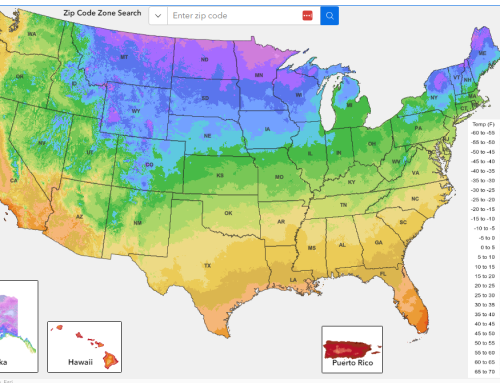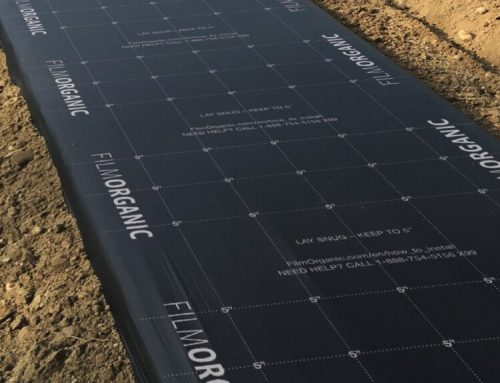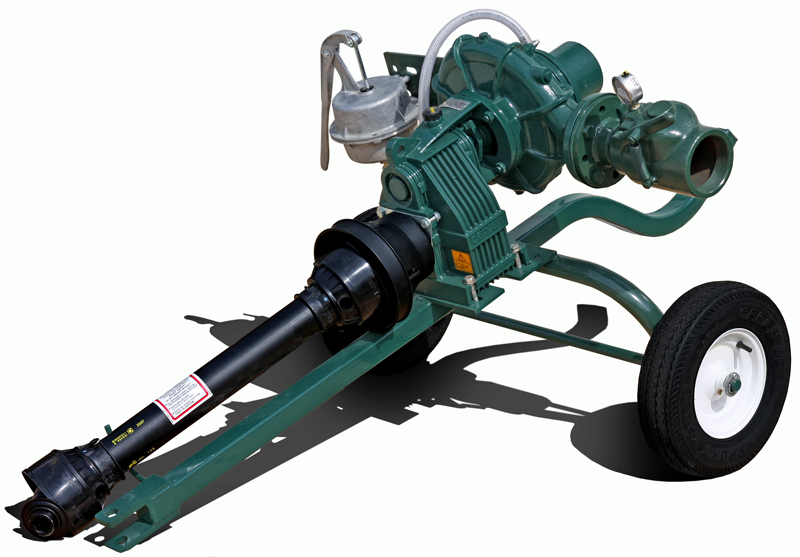“…farmers could even start to produce ammonia in smaller, onsite batches, rather than continuing to rely on huge chemical plants. ”
I have been reading (and hearing) a lot about the manufacturing of fertilizer and ammonia in particular, lately. Specifically improvements to the “Haber-Bosch process”. “In the early 20th century, German chemist Fritz Haber developed a method to convert hydrogen and atmospheric nitrogen into ammonia.” This process revolutionized the farming industry.
Up until this time, one of the key restraints to the continued population growth in the United States was the production of food necessary to feed the growing population. Almost entirely reliant on using manure as the primary source of nitrogen in farming fields, farmers were at a crossroads. Keep in mind that at this time there were no bags of fertilizer rich in nitrogen that could supplement the manure used in the farming fields to replace the nitrogen used by growing plants.
And even though the atmosphere is 78% nitrogen, plants can not access this nitrogen since it is abundant in the atmosphere as N2 – two molecules of nitrogen held together by one of the strongest bonds found in nature.
The Haber Bosch process helped solve this problem by converting atmospheric nitrogen into ammonia. However, this process needed large chemical plants (with all the environmental problems you can imagine) to force this transformation. It requires the proper mixture of hydrogen and atmospheric nitrogen to be introduced first to iron, then be heated to 750 degrees, followed by a rapid cooling down to 4 degrees below zero (think about all the energy expended at scale to make this happen).
In a recent development, it was discovered that “a porous scaffolding of copper, carbon, and oxygen, had the peculiar ability to absorb ammonia” in “absolutely massive quantities.” Now the same raw materials only had to be heated to 347 degrees “under a relatively moderate pressure” with the added benefit of no need to introduce negative temperatures.
Without the process releasing mass quantities of CO2, the production of nitrogen is now a much more environmentally friendly process. Long term, the local manufacturing of fertilizer at the farm could replace the need for large, pollution heavy plants across the country.
If you want to read more about this discovery, I recommend reading:







